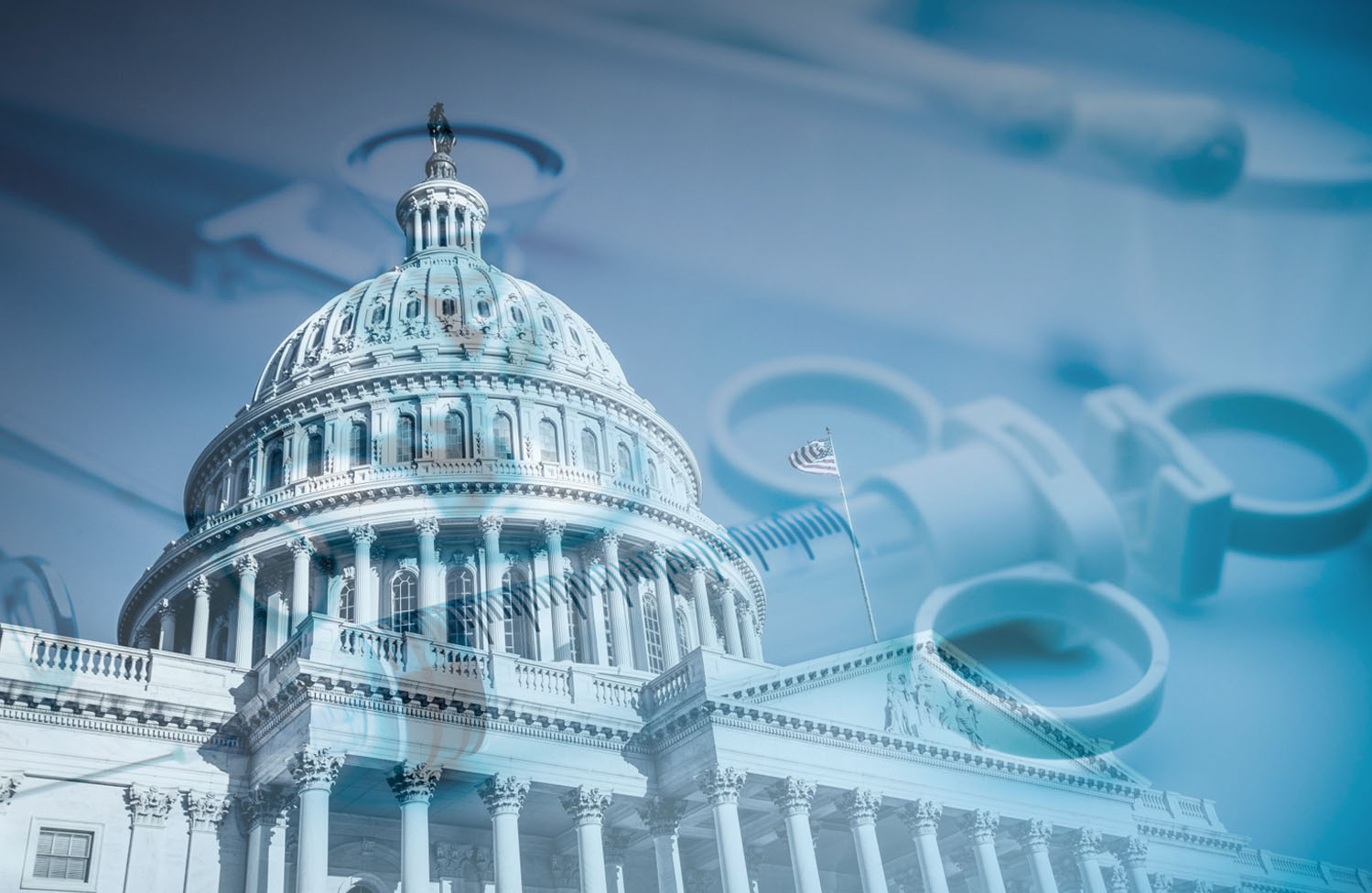Drug companies will have to give list prices for their products in television ads under a new proposal the Trump administration released. In an attempt to restrain the medication costs, the government has issued a proposal, which states that the drug companies need to mention the list prices on TV commercials for those drugs that cost more than $35 for a month’s supply.
Finalized Regulations
The news was unveiled by Health and Human Services Secretary Alex Azar who said the Trump administration has finalized regulations, “What I say to the companies is if you think the cost of your drug will scare people from buying your drugs, then lower your prices. Transparency for American patients is here.”
The new regulation is open for discussion and would affect any drug covered by Medicare or Medicaid. Azar announced the new proposal just hours after the lobby group that represents big drug companies said its members would start indirectly mentioning prices in their television ads.
He further went on saying, “Patients deserve to know what a given drug could cost when they’re being told about the benefits and risks it may have. They deserve to know if the drug company has pushed their prices to abusive levels. And they deserve to know this every time they see a drug advertised to them on TV.”
With the mounting pressure on the drug companies, Azar assured that the administrative body is ready to allow Americans to import lower-priced prescription drugs from abroad. However, the safety measures and the savings that it would bring to the patients are the key factors that would remain intact.
The new regulation is part of the multilevel “blueprint” of President Donald Trump, who has long promised to curtail the drug prices. The details of the pricing probably would appear in a text format and that to towards the end bit of the commercial, when potential side effects are being disclosed. The change in TV commercials should be noticed early by summers.
Democrats Call The Regulation Futile
However, the Democrats hold an opinion that new regulation, which is part of President Donald Trump’s blueprint to rein in high drug costs, is almost futile and would bring not much good to the people. They insisted on Medicare to negotiate the government on behalf of the consumers.
The new regulation also sparked an immediate push back from pharmaceutical companies. Beyond the industry, experts are skeptical about the vagueness of the regulation and it would do anything to bring down prices and may confuse patients because consumers often don’t pay the list price for medications.
Report: Multi-Trillion Dollar Industry Providing Massive Opportunity in 2019 & Beyond
Regulations affecting Medicare and legislative proposals pending in Congress are among the other agenda of Trump’s administration. Realizing the fact that the cost of medicines is the top concern for the voters, Trump along with the lawmakers of both the major political parties want fulfillment that they could vouch for before the 2020 elections.
Drug companies have made vehement objections. The drug companies readily agreed to disclose the prices on their websites and not on the commercials. Johnson & Johnson (JNJ) affirmed the new regulation by announcing that it would start disclosing the cost of its blood thinner, Xarelto, in TV advertising. That drug has a use for treating and preventing blood clots that can cause strokes.
Key Takeaways
Recent government figures highlight that the 10 most commonly advertised drugs have prices ranging from $488 to $16,938 per month. Azar said, “Over $4 billion of pharma spend is in TV ads … that is their most impactful form of advertising. That is where the patient has the most need of being informed.”
However, the regulation would not be relevant to print and radio media. There’s a hope that patients having thorough price information would benefit. They could discuss its affordability with their doctors. But the government feels that they could compel the drug makers to keep a price check. The Trump government hopes that enforcement of the disclosure rule will rely on drug companies suing each other. The suites will likely target violations under a longstanding federal law that governs unfair trade practices.
Most people in America don’t pay the full price for prescriptions. This is the chief reason drugmakers have opposed disclosing the list prices, stating that it would just confuse the public. But insurance plans base their copayments on the list price set by drugmakers. Patients with high-deductible plans or no insurance often pay full price. Their insurance doesn’t start covering until patients have spent several thousand dollars of their own money.
60 days after being published in the Federal Register, the regulation would become a law and be effective.





